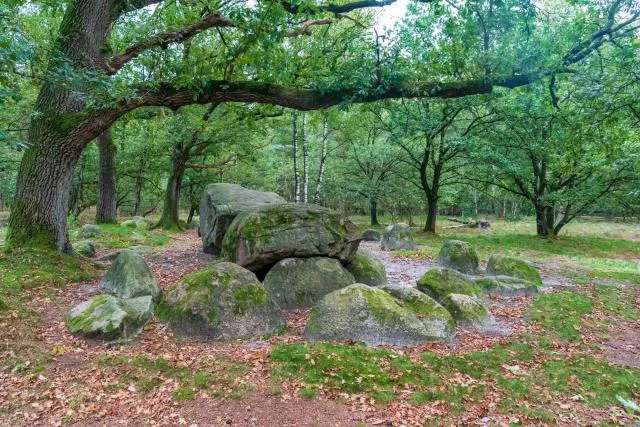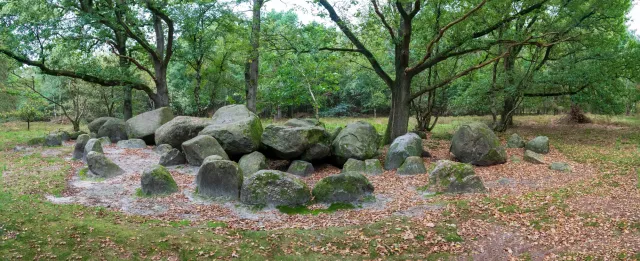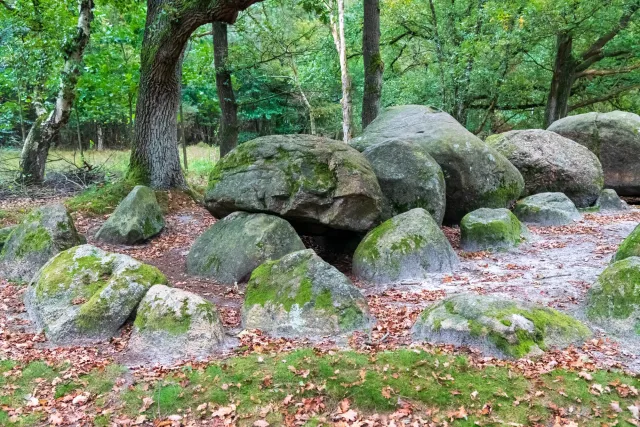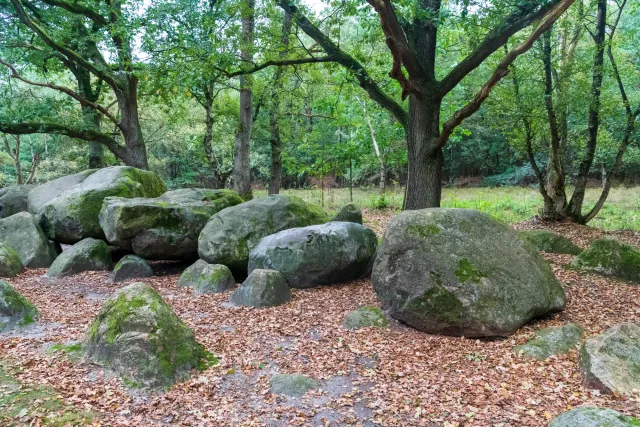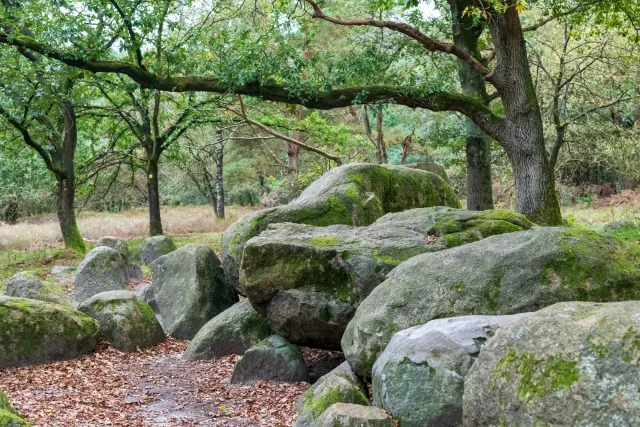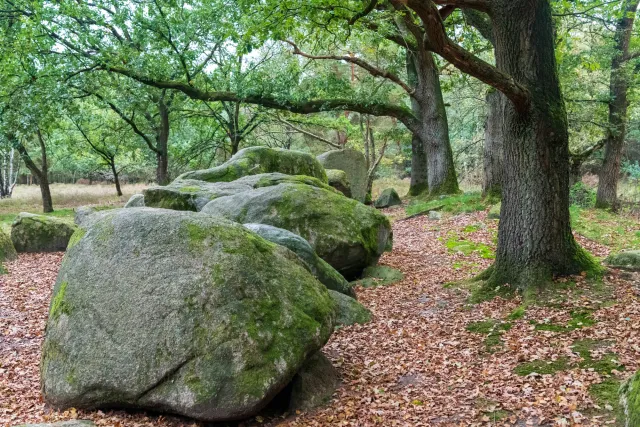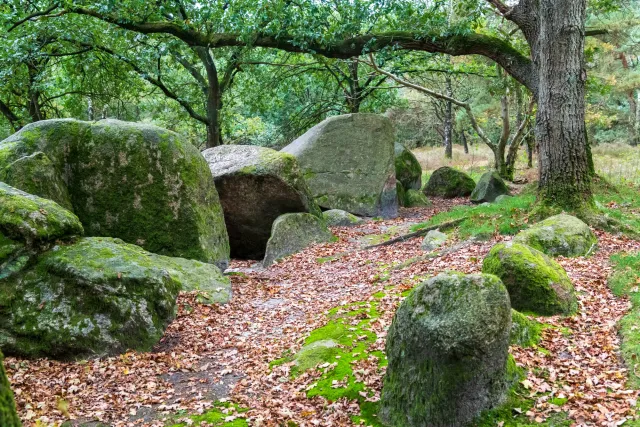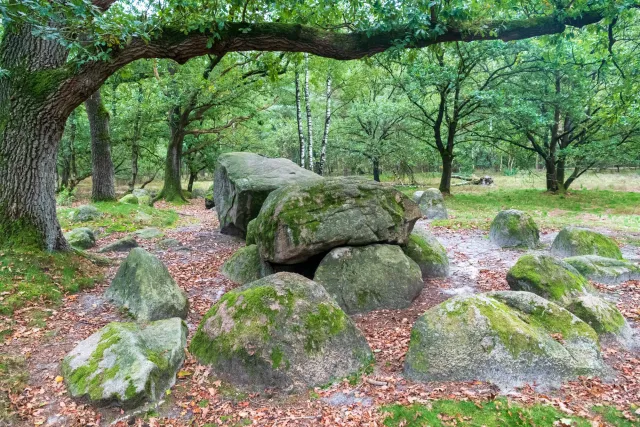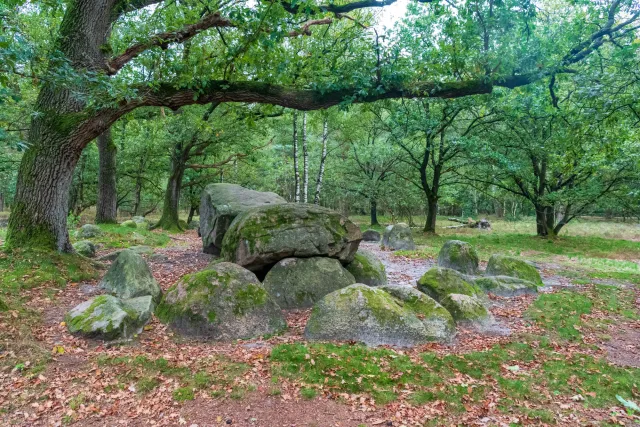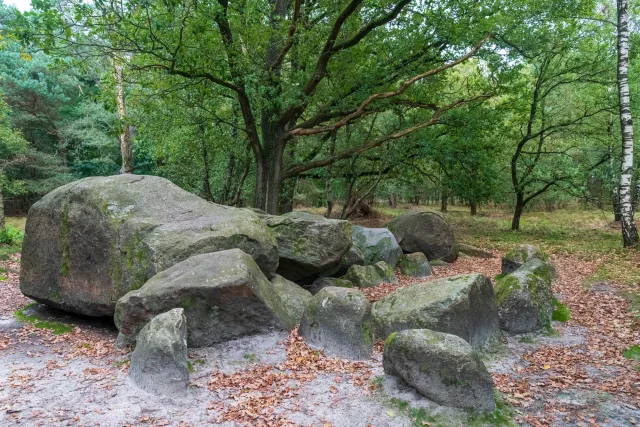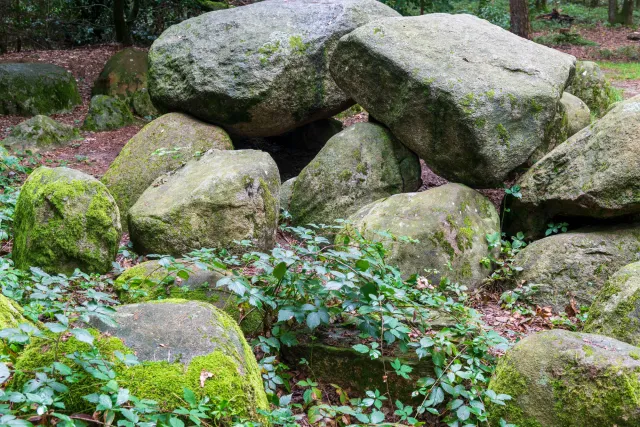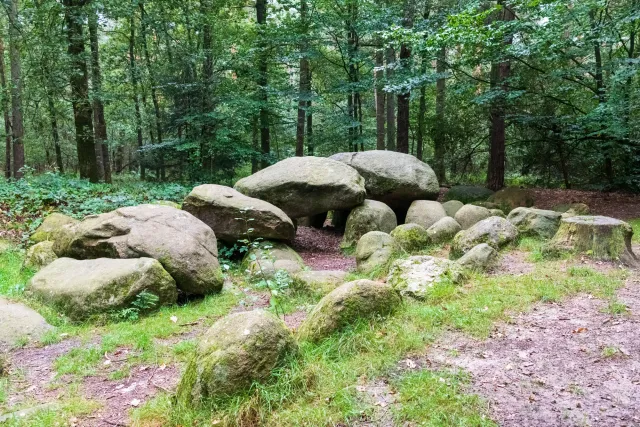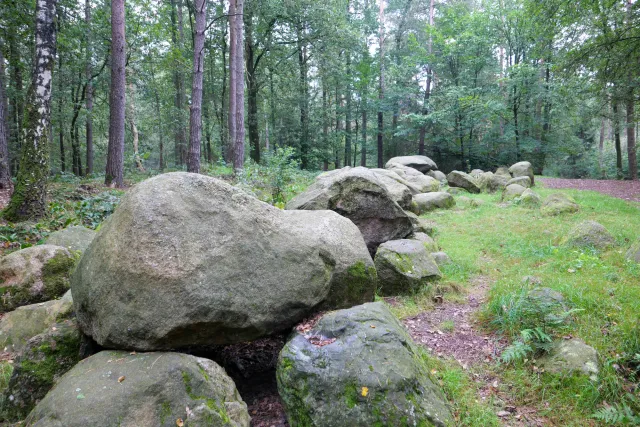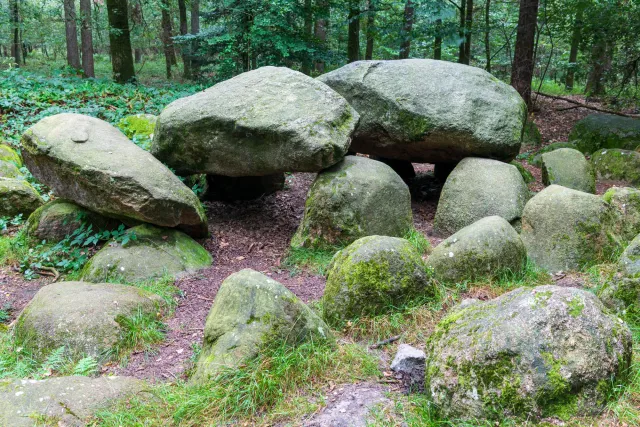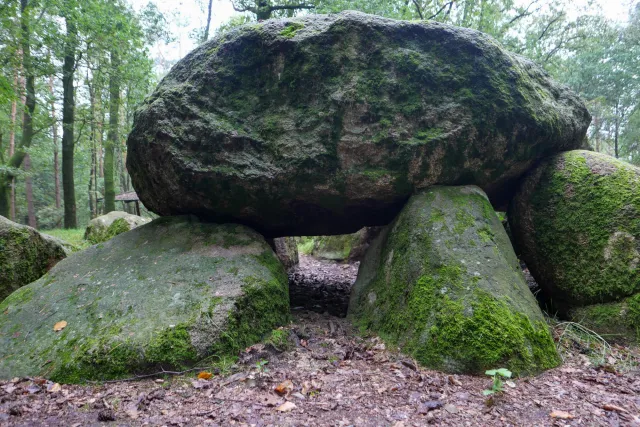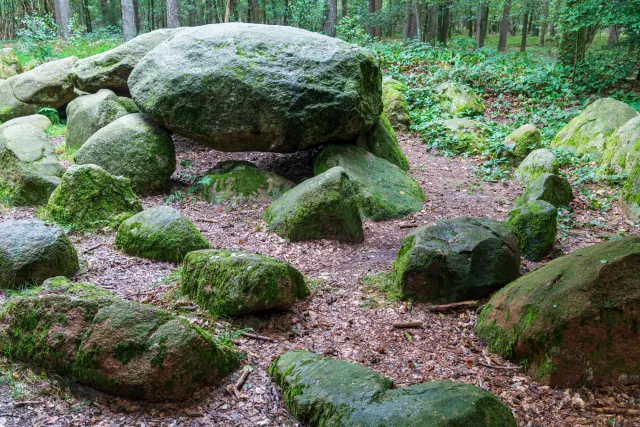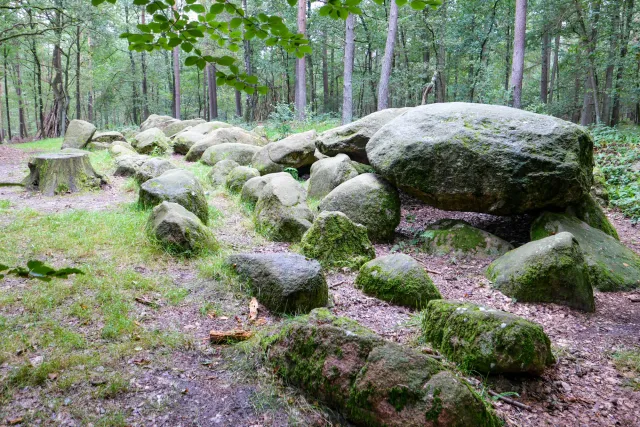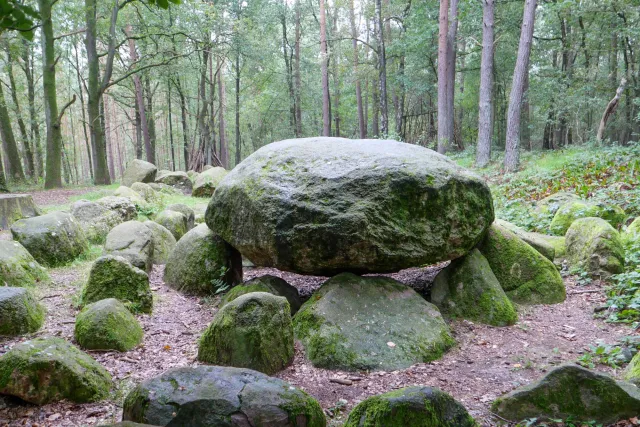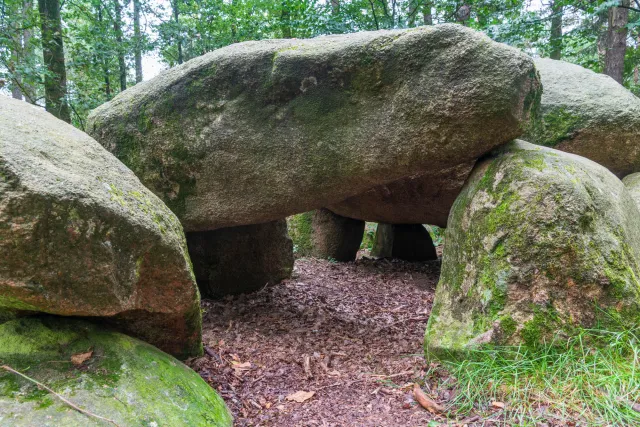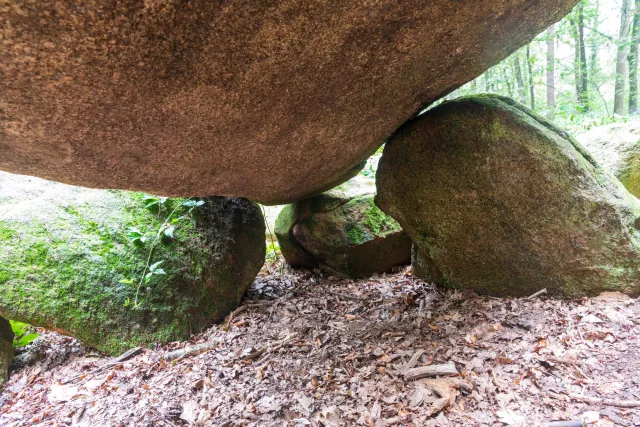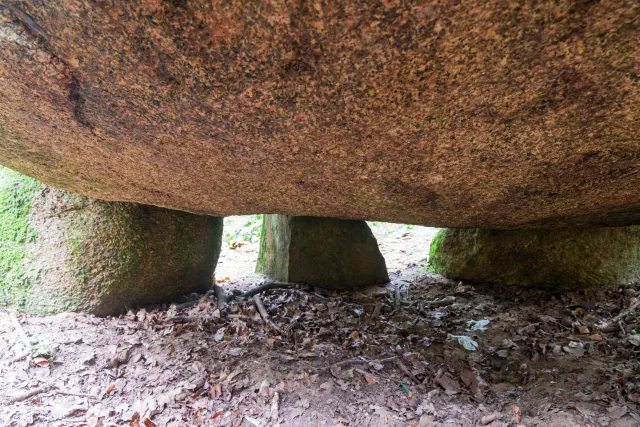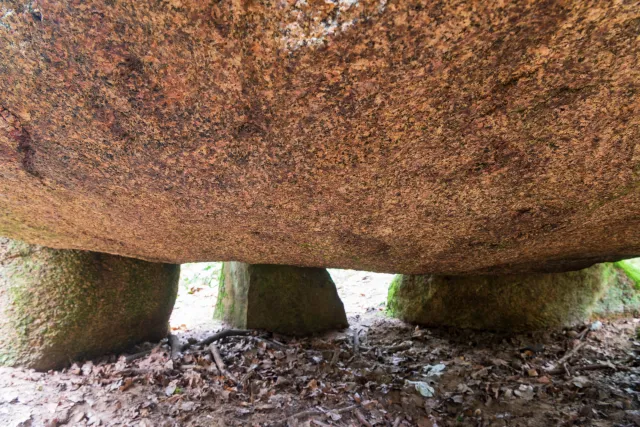Anyone who deals with Stone Age buildings may first think of England's world-famous stone circle called Stonehenge. But also individually standing menhirs (Celtic/large stone), rows of stones (French/alignements), cromlechs (Welsh/curvature) and dolmens (Breton/stone table) are well-known designations for buildings whose age is estimated at 3000 to 5000 years. The different languages already show that these are not regionally limited architectural or structural achievements. These constructions, which, in addition to being of cultural importance as temples and tombs, often also fulfill astronomical functions, were built almost simultaneously on all continents of the world.
That is why some scientists also speak of the world of megalithic without being able to explain how the knowledge about this architecture could be shared worldwide 5000 years ago without advanced communication possibilities?
We don't even try to make a contribution to the various theories of the world of megalithic, but limit ourselves to the presentation of these amazing buildings that we were able to visit on the continents.
In this series, we start our journey into the Early Stone Age in Lower Saxony, more precisely on the Hümmling in Emsland.
There are well-preserved long and box graves, some of which were built with so-called dolmens. We visited the following graves:
1. King's grave of Groß Berssen
2. De hoogen Steener
3. Poldenhunenstones
4. Large stone grave in Ipeken, also Groß Berßen II
5. Ipeken Tannwald
6. Megalithic tombs near Lahn - Kölkesdose and Kölkesberg
7. The Coat of Arms Tomb
8. Mansen hills
9. Megalithic tomb in the Kunkenvenne
